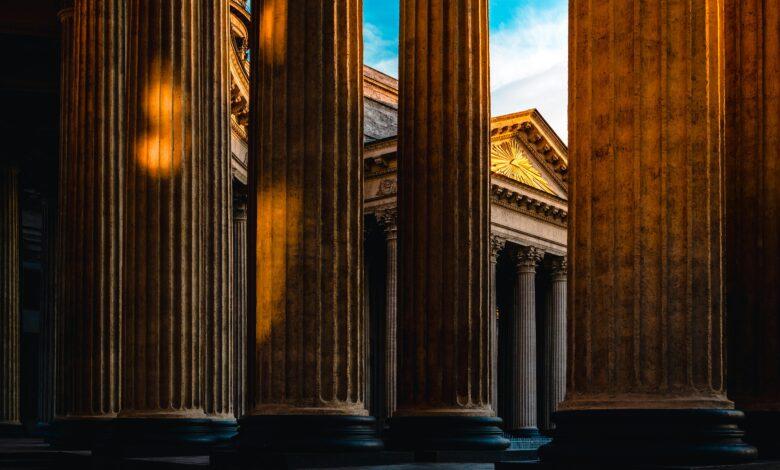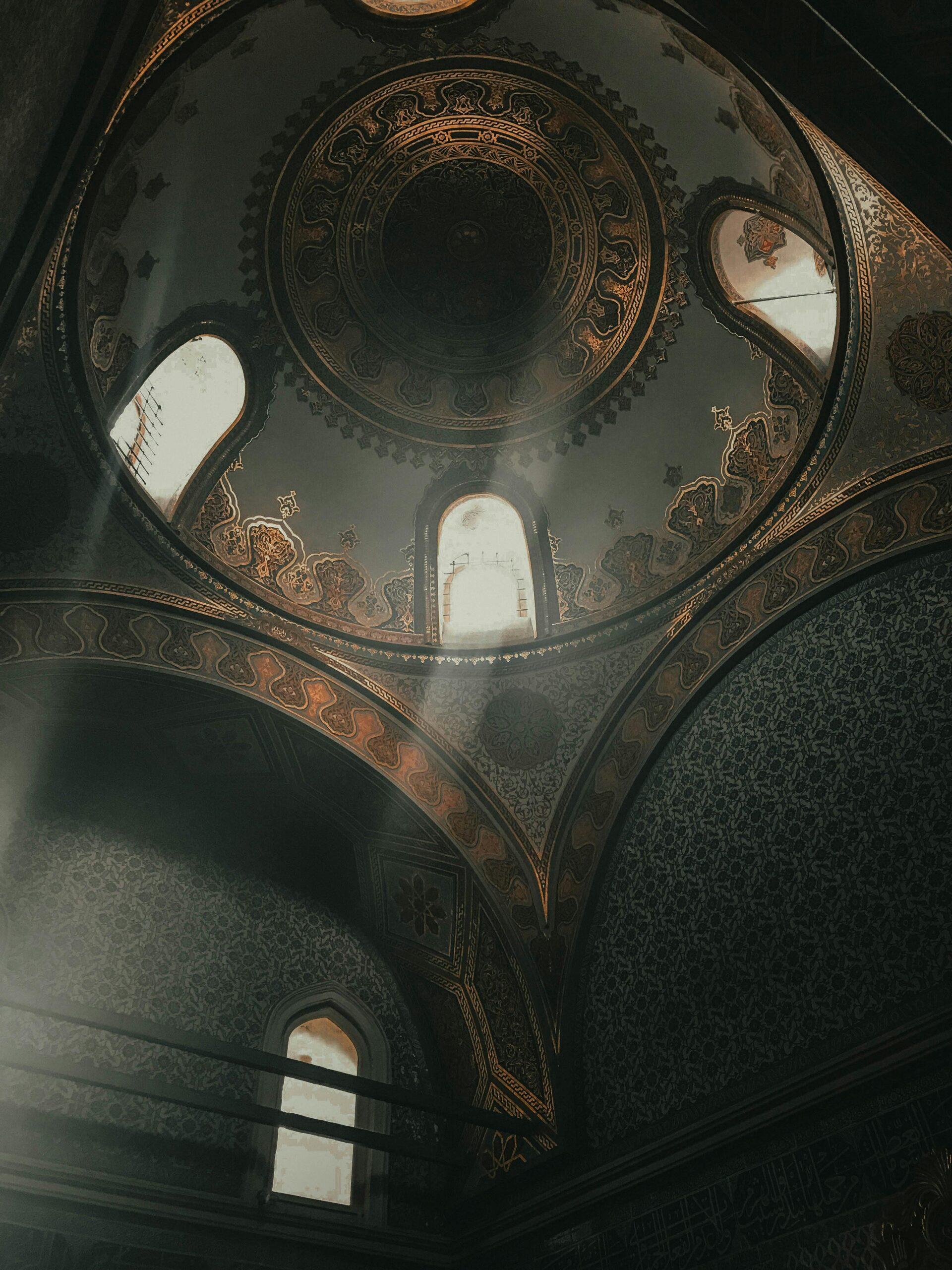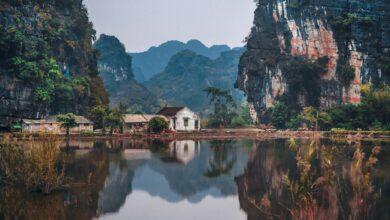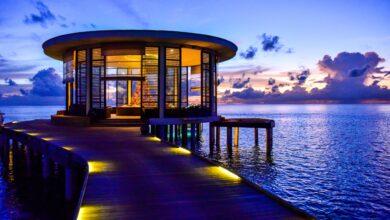Golden Triangle Tour: Exploring Delhi, Agra, and Jaipur ✨🕌🏰
Uncover the Rich Heritage and Culture of India's Iconic Cities

Introduction
Embark on an enchanting journey through the heart of India as we explore the Golden Triangle Tour, a route that unveils the timeless beauty and rich heritage of Delhi, Agra, and Jaipur. From the bustling streets of Delhi to the majestic Taj Mahal in Agra and the royal splendor of Jaipur, this iconic circuit promises an unforgettable experience steeped in history, culture, and architectural marvels. Join us as we embark on a virtual exploration of these three captivating cities, each offering a unique glimpse into India’s past and present.
Delhi: A Tapestry of History and Modernity
Delhi, the capital city of India, is a vibrant tapestry of history and modernity. Its streets resonate with the echoes of ancient empires, while its skyline showcases the contemporary aspirations of a dynamic nation. Let’s delve into the iconic landmarks, vibrant street life, bustling markets, culinary delights, and the rich historical and cultural significance that define this fascinating metropolis.
Iconic Landmarks: Red Fort, Jama Masjid, and India Gate
Delhi is adorned with some of the most iconic landmarks in India, each steeped in history and architectural splendor. The Red Fort, a UNESCO World Heritage Site, stands as a magnificent testament to the grandeur of the Mughal era. Its imposing red sandstone walls enclose a complex of palaces, museums, and gardens, offering a glimpse into India’s royal past.
Jama Masjid, one of the largest mosques in India, is another architectural marvel that captures the essence of Mughal architecture. Its towering minarets and intricately carved marble domes provide a stunning backdrop for spiritual reflection and cultural appreciation.
India Gate, a symbol of national pride and sacrifice, stands as a memorial to the soldiers who lost their lives in World War I. Surrounded by lush greenery and flanked by the Rashtrapati Bhavan (President’s Residence) and the Parliament House, India Gate is not only a monument but also a popular gathering place for locals and tourists alike.
Vibrant Street Life, Markets, and Culinary Delights
Delhi’s streets pulse with energy, offering a sensory feast for visitors. From the bustling bazaars of Chandni Chowk to the hip cafes of Hauz Khas Village, every corner of the city has its own unique charm. The aroma of street food fills the air, tempting passersby with savory snacks like chaat, kebabs, and parathas.
The city’s markets are a shopper’s paradise, offering everything from traditional handicrafts and textiles to modern gadgets and fashion accessories. Whether you’re bargaining for souvenirs in Dilli Haat or exploring the upscale boutiques of Khan Market, Delhi caters to every taste and budget.
Historical and Cultural Significance
As the capital of India, Delhi holds immense historical and cultural significance. It has served as the seat of power for numerous empires, including the Mughals, the Delhi Sultanate, and the British Raj. Each dynasty has left its mark on the city, shaping its architecture, language, and traditions.
Today, Delhi is a melting pot of cultures, languages, and religions, where ancient traditions coexist with modern innovations. From the majestic Qutub Minar to the serene Lotus Temple, the city’s landmarks reflect its rich multicultural heritage. As visitors explore Delhi’s vibrant neighborhoods and historical sites, they can’t help but be enchanted by the city’s timeless allure.
Agra: Marveling at the Taj Mahal and Beyond
Exploring the Architectural Splendor
The Taj Mahal stands as an epitome of architectural magnificence, drawing millions of visitors each year to Agra. Crafted from pristine white marble, this UNESCO World Heritage Site is a testament to love, commissioned by Emperor Shah Jahan in memory of his beloved wife Mumtaz Mahal. Its intricate carvings, symmetrical gardens, and the stunning play of light at sunrise and sunset leave visitors spellbound, making it a must-visit destination for architecture enthusiasts and romantics alike.
Unveiling the Majesty of Agra Fort
Agra Fort, another architectural gem, unfolds a saga of power, resilience, and grandeur. Built by Emperor Akbar, this imposing red sandstone fortress boasts of exquisite palaces, mosques, and audience halls within its fortified walls. As you wander through its labyrinthine corridors and gaze upon the Yamuna River from its ramparts, you’re transported back to the zenith of the Mughal Empire, experiencing firsthand the opulence and strategic brilliance of its rulers.
Discovering the Timeless Charm of Fatehpur Sikri
Venture beyond the Taj Mahal, and you’ll encounter Fatehpur Sikri, a ghost city frozen in time. Constructed by Emperor Akbar as the capital of the Mughal Empire, this UNESCO World Heritage Site is a testament to the emperor’s vision and architectural prowess. Its red sandstone structures, including the Jama Masjid, Buland Darwaza, and the intricately carved Panch Mahal, offer a glimpse into the rich cultural tapestry of the Mughal era, leaving visitors mesmerized by its grandeur and historical significance.
Immersing in Agra’s Rich Mughal Heritage
Agra is not just a city of monuments but a living museum of Mughal heritage and craftsmanship. From intricate marble inlay work to delicate pietra dura designs, the city’s artisans carry forward centuries-old traditions, creating exquisite pieces of artistry that adorn palaces, tombs, and mosques. Visitors can explore bustling bazaars like Kinari Bazaar and Sadar Bazaar, where they can witness skilled craftsmen at work and purchase authentic souvenirs to cherish the essence of Agra’s cultural heritage.

Jaipur: The Pink City and Its Royal Charms
Jaipur, the capital city of Rajasthan, is renowned for its majestic architecture, vibrant culture, and rich history. Fondly known as the Pink City, Jaipur boasts a unique aesthetic characterized by its terracotta pink buildings and intricate architecture. This distinct color scheme, mandated by the city’s founder, Maharaja Sawai Ram Singh II, creates a captivating ambiance that sets Jaipur apart from other destinations in India. Let’s delve into the essence of Jaipur’s royal charms, from its iconic landmarks to its cultural experiences.
Distinctive Pink Architecture and City Planning
One of the most striking features of Jaipur is its uniform pink architecture, which adorns the cityscape with a sense of regal elegance. The pink hue, derived from the use of local sandstone, symbolizes hospitality and welcomes visitors to explore the city’s treasures. This architectural style is not only aesthetically pleasing but also serves as a testament to Jaipur’s rich heritage and the vision of its founders. The city’s layout, designed according to ancient Hindu architectural principles, is equally impressive. With wide streets, orderly markets, and grand avenues, Jaipur’s urban planning reflects a harmonious blend of beauty and functionality.
Attractions: Amber Fort, City Palace, and Hawa Mahal
Jaipur abounds with magnificent landmarks that offer a glimpse into its royal past. The Amber Fort, a UNESCO World Heritage Site, stands as a testament to the opulence of Jaipur’s rulers. This imposing fortress, perched atop a hill overlooking the city, boasts intricate carvings, majestic gateways, and sprawling courtyards. Inside the fort, visitors can explore the ornate palaces, including the stunning Sheesh Mahal (Mirror Palace) adorned with thousands of tiny mirrors.
The City Palace, located in the heart of Jaipur, is another architectural marvel that showcases the grandeur of Rajput and Mughal influences. This sprawling complex houses museums, courtyards, and gardens, offering visitors a comprehensive insight into Jaipur’s royal history and lifestyle.
Hawa Mahal, or the Palace of Winds, is perhaps Jaipur’s most iconic landmark, renowned for its intricate latticework façade and honeycomb design. Built to allow royal women to observe street festivals while maintaining their privacy, Hawa Mahal is a testament to the ingenuity of Rajput architecture.
Cultural Immersion: Cuisine and Crafts
Exploring Jaipur is not just about admiring its architectural wonders; it’s also about immersing oneself in its vibrant culture. One of the best ways to experience Jaipur’s cultural richness is through its cuisine. From delectable Rajasthani thalis to mouthwatering street food, the city offers a culinary adventure for every palate. Indulge in traditional dishes like dal baati churma, laal maas, and ghewar, and savor the authentic flavors of Rajasthan.
Additionally, Jaipur is a haven for art and craft enthusiasts, with its bustling markets and artisanal workshops. From intricate block-printed textiles and vibrant tie-dye fabrics to exquisite jewelry and pottery, the city’s craftsmanship is unparalleled. Explore the bustling bazaars of Johari Bazaar, Tripolia Bazaar, and Bapu Bazaar to witness skilled artisans at work and take home souvenirs that embody Jaipur’s artistic heritage.
FAQs
Q. What is the Golden Triangle Tour?
A. The Golden Triangle Tour is a popular tourist circuit in India, covering three major cities: Delhi, Agra, and Jaipur. It offers travelers a chance to explore the rich cultural heritage, historical landmarks, and architectural marvels of these cities within a short span of time.
Q. How long does the Golden Triangle Tour typically last?
A. The duration of the Golden Triangle Tour can vary depending on the itinerary chosen by the traveler. Typically, it ranges from 5 to 7 days, allowing enough time to explore the key attractions in Delhi, Agra, and Jaipur.
Q. What are some must-visit attractions in Delhi during the Golden Triangle Tour?
A. Some of the must-visit attractions in Delhi include the Red Fort, Jama Masjid, Qutub Minar, Humayun’s Tomb, India Gate, Lotus Temple, and the bustling markets of Chandni Chowk. Additionally, exploring the vibrant culture and sampling the delicious street food are also recommended experiences.
Q. What are the highlights of Agra that tourists shouldn’t miss during the Golden Triangle Tour?
A. The major highlight of Agra is, of course, the magnificent Taj Mahal, a UNESCO World Heritage Site and one of the Seven Wonders of the World. Other notable attractions include Agra Fort, Itmad-ud-Daulah’s Tomb (also known as the Baby Taj), and Mehtab Bagh, offering stunning views of the Taj Mahal from across the Yamuna River.
Q. What are the must-see attractions in Jaipur on the Golden Triangle Tour?
A. Jaipur, also known as the Pink City, boasts several attractions, including the majestic Amber Fort, Hawa Mahal (Palace of Winds), City Palace, Jantar Mantar (astronomical observatory), and the vibrant bazaars offering handicrafts, textiles, and traditional Rajasthani items. The traditional Rajasthani cuisine is also a highlight not to be missed.
Q. Is it possible to customize the Golden Triangle Tour itinerary?
A. Yes, many tour operators offer customizable Golden Triangle Tour packages to suit the preferences and interests of travelers. Whether you want to add additional destinations, extend the duration of stay, or include specific experiences, customization options are often available to make your trip more personalized.
Conclusion
As we conclude our journey through the Golden Triangle of Delhi, Agra, and Jaipur, we are left awestruck by the kaleidoscope of experiences and the rich tapestry of history and culture woven into the fabric of these cities. From the grandeur of Mughal architecture to the vibrant hues of Rajasthani heritage, each destination has left an indelible mark on our hearts. As travelers, let us carry forward the memories and insights gained from this remarkable adventure, and may the spirit of the Golden Triangle continue to inspire exploration and discovery in the land of India’s majestic wonders.
UP NEXT
https://touristeyes.com/the-great-barrier-reef-diving-into-australias-underwater-wonderland/





Facebook Comments